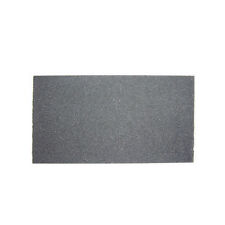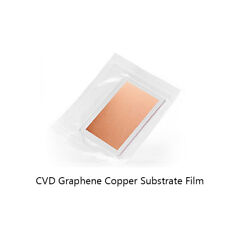
Researchers believe they now understand how graphene – a featureless, one-atom-thick sheet of carbon atoms – lying on an equally featureless iridium surface, self-created a kind of “muffin tin” that formed identically sized and spaced muffins out of applied iridium atoms. “At the outset,” writes Sandia researcher Peter Feibelman, who devised the explanatory simulation published in Physical Review B, “this seemed quite a mystery.”
The mystery started in 2005, when German scientists discovered that a graphene flake lying atop an iridium crystal unexpectedly caused new iridium atoms, deposited atop the flake, to arrange themselves into evenly spaced cluster arrays. With both the iridium support layer and the graphene layer perfectly flat, how the iridium quantum dots formed was a puzzle. More so because the newly introduced iridium atoms form a moiré pattern (a regular, ordered array) atop the graphene instead of a planar second surface.
The buckling weakens tight links between the graphene’s neighboring carbon atoms, freeing them to attach to the added iridium atoms. Furthermore, buckling not only allows the carbon atoms that buckle upward to capture deposited iridium atoms, but also causes the carbon atoms that buckle down to attach firmly to the metal below.
This orderly nanoscopic arrangement could have numerous applications, Feibelman says. “The rigorous periodicity of the nanodot arrays is a huge advantage compared to amorphous or ‘glassy’ arrangements where everything has to be described statistically,” he explained. For example, similar quantum dot arrangements on graphene could keep information packets separate and “addressable” for data storage, or provide a ready-made environment for quantum computing.
Related:
Smallest Transistor Created With Graphene
Nano-Fabric Reveals Unique Properties
Single-Atom-Thick Materials Almost Ready For Prime Time
Nanoscale Self-Assembly Demonstrated
Nanomaterial Error-Correction Process Mimics Nature
















Comments are closed.